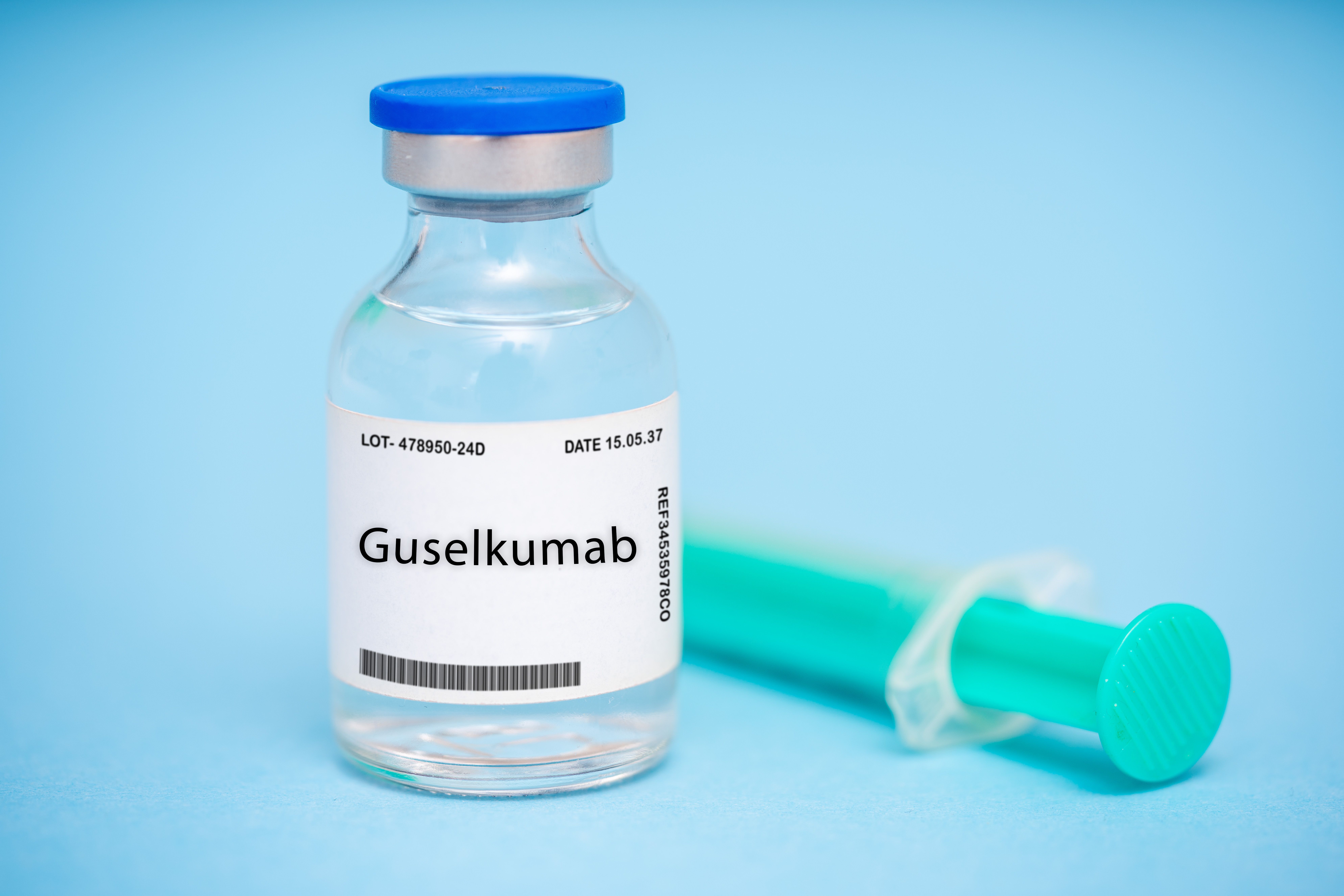Video
OCM Ensures Better Outcomes and Automatic Cost Savings in Multiple Myeloma
Ola Landgren, MD, PhD: So, John, do you see any risks with this or are we going back and forth here? I think it makes sense that we are all conscious about the use of resources, of course.
John Fox, MD, MHA: Sure.
Ola Landgren, MD, PhD: But could you see there are risks? If we look at other countries outside of the United States where there are fewer drugs available, that’s usually because of cost.
John Fox, MD, MHA: Sure.
Ola Landgren, MD, PhD: If you look at outcomes, progression-free and overall survival for myeloma is way better in the United States compared with outside the country. If we start putting all that pressure on the physicians, is there a risk that this could stop the improvements we are seeing?
John Fox, MD, MHA: That’s an ethical decision that the individual physician and the practice have to make. I don’t think anybody is telling physicians that you shouldn’t use the best available therapy. I wouldn’t tell a physician that, and I don’t think most physicians would tolerate using substandard therapy.
Sundar Jagannath, MD: I do not know that the OCM [Oncology Care Model] was designed that way. Because as I said, I’ve not had any conversation with anybody in the institution about how I would manage the patient. But the flip side, as you said, is when you provide the best care, that itself reduces the care because you are taking care of your patient. You don’t want the patient to get sick. You don’t want shingles, so you are doing prophylaxis. You are giving aspirin so they don’t get at DVT [deep vein thrombosis]. Does everybody get that? Also, in daratumumab, if you are trying to avoid an infusion reaction whether they are built in, you know? For carfilzomib, you’re not going to be putting on KRd [carfilzomib (Kyprolis), lenalidomide (Revlimid), and dexamethasone] with 70 mg once a week. That automatically is built-in. Within the Epic software, you cannot give 70 mg of Kyprolis [carfilzomib] when you’re giving Revlimid [lenalidomide] at a full dose of 25 mg.
There are a lot of safeties built in, which was all driven by us working with our pharmacy. And so I don’t think we are. I don’t think we have to worry about the physicians are somehow going to be incentivized. This is because the best care for a patient ultimately gets the best outcome for the patient, which is cost-saving.
Ola Landgren, MD, PhD: I think these are great initiatives. I put you a little bit on the spot there when I asked you a difficult question.
John Fox, MD, MHA: Yeah.
Ola Landgren, MD, PhD: I could see that that probably is an extreme that no one wants to go in that direction.
John Fox, MD, MHA: Yeah.
Ola Landgren, MD, PhD: But I also would agree that having more transparency, of course that’s ideal, makes me think about my own practice. We treat patients sometimes with these older combination therapies in the relapse setting, the alkylators. We can give the patients, for example, 24 hours times 4, 96-hour infusion continuously. At our institution, we historically have done that inpatient. So many of those patients could receive that outpatient. If you have a patient, inpatient versus outpatient, there is a different use of resources. You start doing it 1 way, and then you never start asking, “Should we do it the other way?”
If someone said, “Why don’t you do it outpatient?” we need to continuously be transparent and see what things kinds of cost and what options exist. Maybe give the patient the option of either inpatient or outpatient treatment. Some patients choose outpatient. Maybe that’s a more efficient way of doing it. Also, the types of thing you’re working on….
Sundar Jagannath, MD: I think that’s very fair. We do the outpatient infusion…
John Fox, MD, MHA: Yeah. I think fundamentally if the evidence supports that we get a better outcome, and if that outcome is MRD [minimal residual disease]-negativity, then we’re going to fund that care. But there’s an equal onus on us to make sure that all the care that we’re providing is based on good evidence. Also, we need to make sure that there’s a value to it, and that it’s producing a patient benefit. As you pointed out, no one’s going to do the study of stopping.
Ola Landgren, MD, PhD: We are.
John Fox, MD, MHA: Well you are, yeah. But, are you funding that yourself or through a…?
Ola Landgren, MD, PhD: Yes.
John Fox, MD, MHA: Yes, OK. Pharma isn’t going to fund those kinds of studies. But if we’re going to be able to afford care for the masses in this country, we need to be able to clearly demonstrate what’s adding value and what’s not. Value, in this context, would be survival for patients. So I applaud you again for doing that type of study.




